There are a variety of methods available for installing outdoor LED displays. The following are 6 commonly used installation techniques that can generally meet the needs of more than 90% of users, excluding certain specially shaped screens and unique installation environments. Here we provide an in-depth introduction to 8 installation methods and essential precautions for outdoor LED displays.
1. Embedded Installation
The embedded structure is to make a hole in the wall and embed the display screen inside. The hole size is required to match the size of the display screen frame and be properly decorated. For easy maintenance, the hole in the wall must be through, otherwise a front disassembly mechanism must be used.
(1) The entire LED large screen is embedded in the wall, and the display plane is on the same horizontal plane as the wall.
(2) A simple box design is adopted.
(3) Front maintenance (front maintenance design) is generally adopted.
(4) This installation method is used both indoors and outdoors, but it is generally used for screens with small dot pitch and small display area.
(5) It is generally used at the entrance of a building, in the lobby of a building, etc.
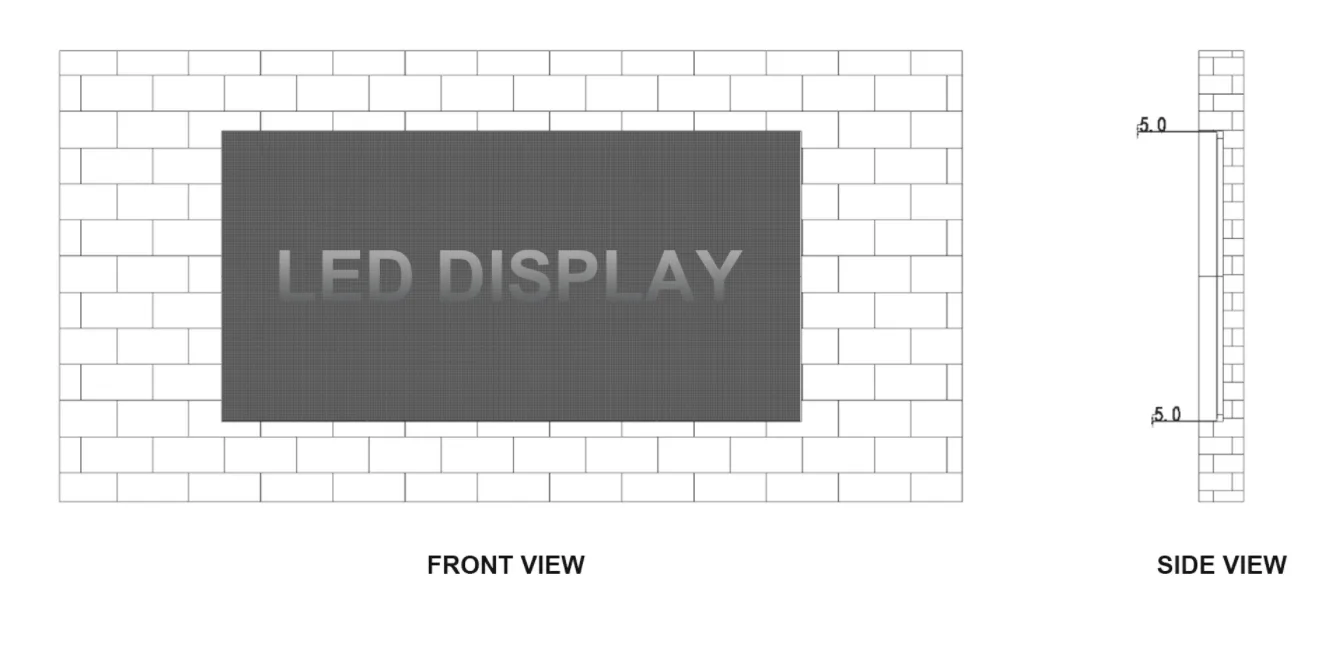
2. Standing Installation
(1) Generally, an integrated cabinet design is adopted, and there is also a split combination design.
(2) Suitable for indoor small-pitch specification screens
(3) Generally, the display area is small.
(4) The main typical application is LED TV design.
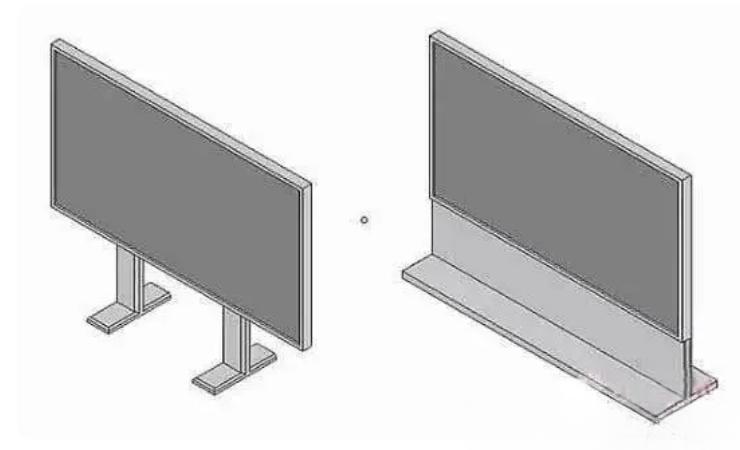
3. Wall-Mounted Installation
(1) This installation method is usually used indoors or semi-outdoors.
(2) The display area of the screen is small, and generally no maintenance channel space is left. The entire screen is removed for maintenance, or it is made into a folding integrated frame.
(3) The screen area is slightly larger, and the front maintenance design (i.e. front maintenance design, usually using a row assembly method) is generally adopted.
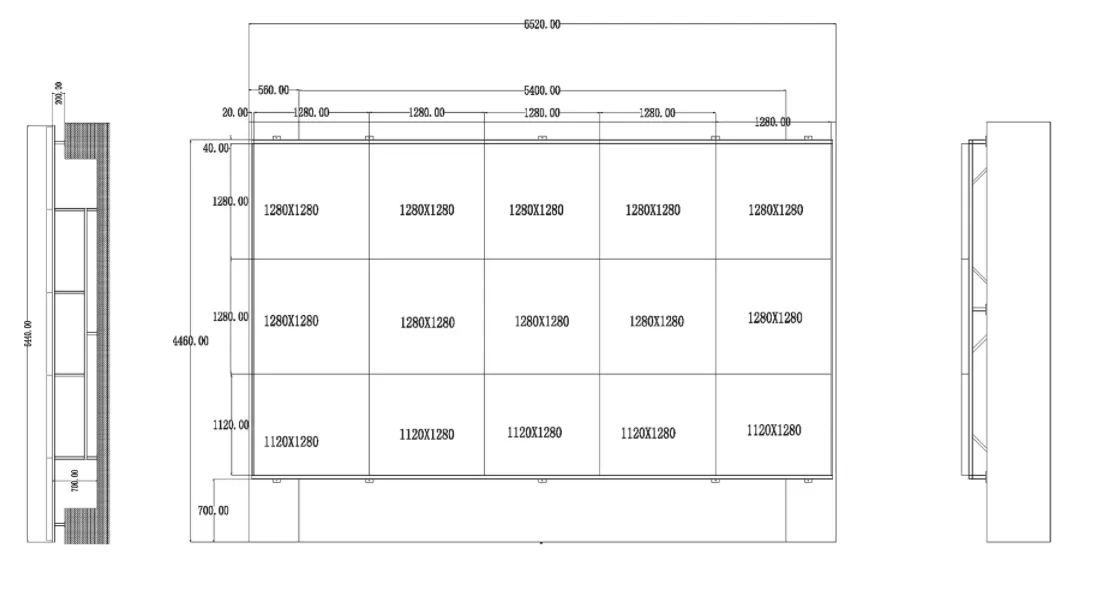
4. Cantilever Installation
(1) This method is mostly used indoors and semi-outdoors.
(2) It is generally used at the entrance of passages and corridors, as well as at the entrances of stations, railway stations, subway entrances, etc.
(3) It is used for traffic guidance on roads, railways, and highways.
(4) The screen design generally adopts an integrated cabinet design or a hoisting structure design.
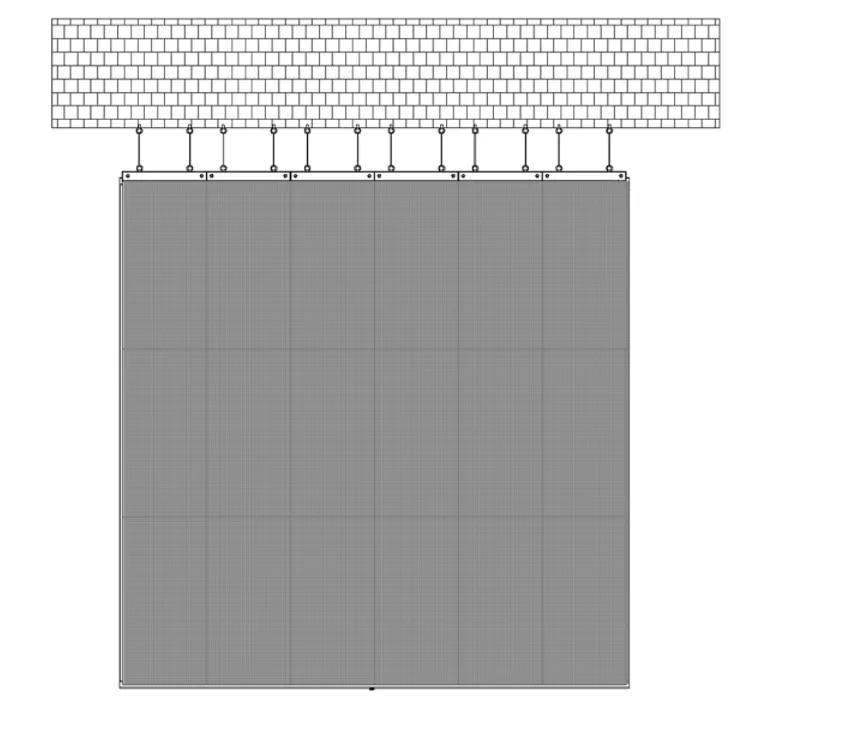
5. Column Installation
The column installation installs the outdoor screen on a platform or column. Columns are divided into columns and double columns. In addition to the steel structure of the screen, concrete or steel columns must also be made, mainly considering the geological conditions of the foundation. Column-mounted LED screens are usually used by schools, hospitals, and public utilities for publicity, notifications, etc.
There are many ways to install columns, generally used as outdoor billboards:
(1) Single column installation: suitable for small screen applications.
(2) Double column installation: suitable for large screen applications.
(3) Closed maintenance channel: suitable for simple boxes.
(4) Open maintenance channel: suitable for standard boxes.
6. Rooftop Installation
(1) Wind resistance is the key to this installation method.
(2) Generally installed with an inclined angle, or the module adopts an 8° inclined design.
(3) Mostly used for outdoor advertising display.
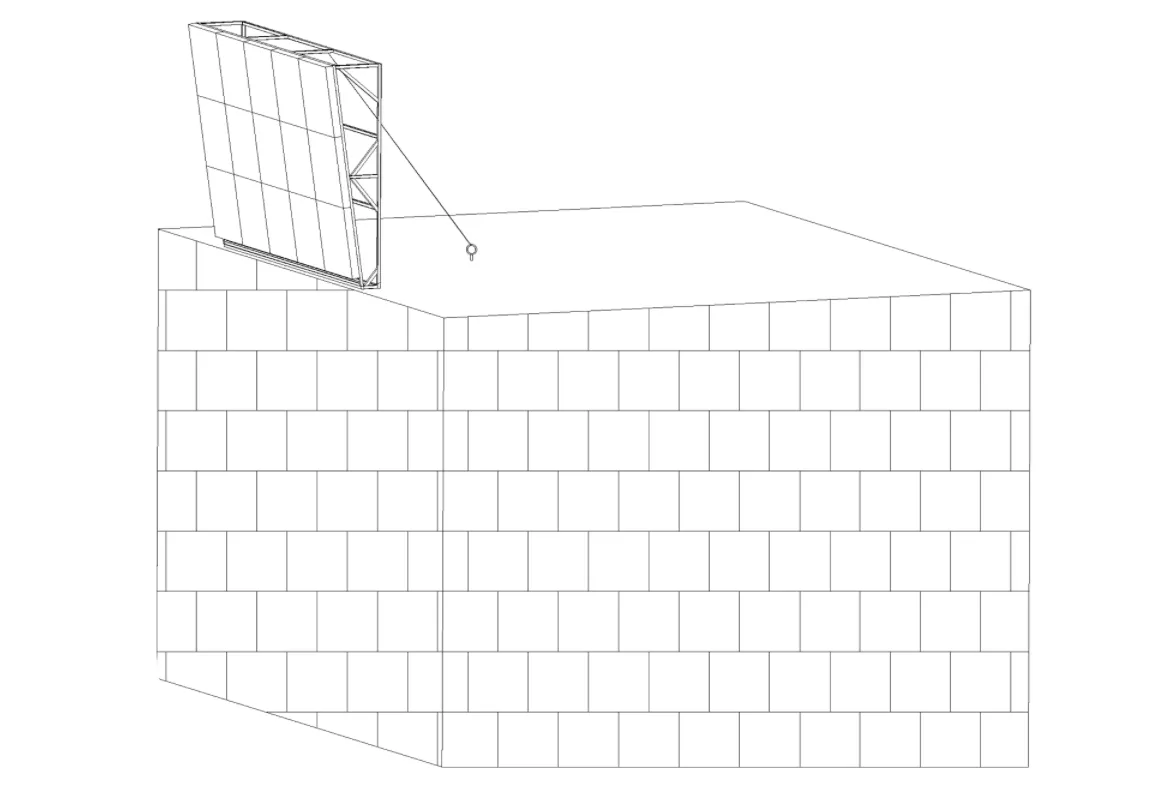
Post time: Oct-23-2024







